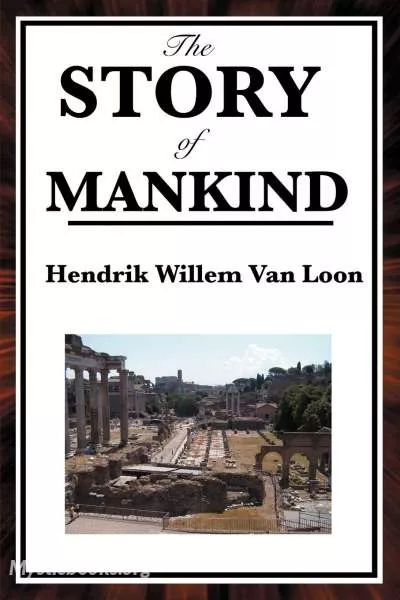
The Story of Mankind
'The Story of Mankind' Summary
Modern day readers may find some of the concepts politically incorrect or not quite enlightened. Some critics have also found that van Loon takes Biblical concepts and presents them as proven history. However, aside from these small blips, the book is indeed a treasure trove of information. It also describes the foundations of Western thought and culture. It traces the development of art, music, literature, culture and civilization itself in the Western World. Van Loon was motivated to select the areas of history that he would describe by apparently asking himself whether this particular person or event changed the course of civilization or not.
After World War I, the author added one more chapter called “After Seven Years” and in later years, his children and other writers have added more chapters to make the book more contemporary and relevant for modern readers.
The original illustrations by the author added to the appeal of the book as he was a talented artist and naturalist. The book was also adapted to film in 1957, in a quirky version starring the inimitable Marx Brothers. As basic reading for anyone interested in the history of the human race, The Story of Mankind provides a great launching pad from which to explore the deep and complex mysteries that are contained in the origin of our species on earth.
Book Details
Language
EnglishOriginal Language
EnglishPublished In
1921Authors
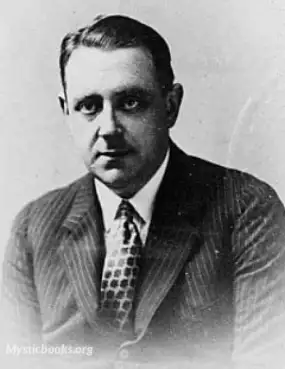
Hendrik van Loon
Dutch, American
Hendrik Willem van Loon was a Dutch-American historian, journalist, and children's book author. He was born in Rotterdam, Netherlands, the son of Hendrik Willem van Loon and Elisabeth Johanna Hanken....
Books by Hendrik van LoonDownload eBooks
Listen/Download Audiobook
- Select Speed
Related books
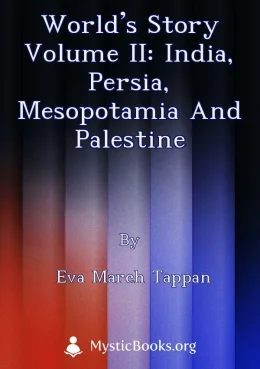
World’s Story Volume II: India, Persia, Mesopotamia and Palestine by Eva March Tappan
Eva March Tappan's "World's Story Volume II: India, Persia, Mesopotamia, and Palestine" is a compilation of historical narratives, literature, and art...
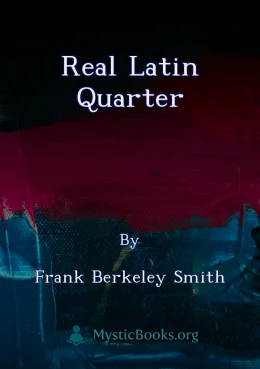
Real Latin Quarter by Frank Berkeley Smith
Real Latin Quarter' is a fascinating and immersive account of life in the vibrant Latin Quarter of Paris. Through the eyes of an artist, the book capt...

Jean-Christophe In Paris by Romain Rolland
The story follows the protagonist, a musician named Jean-Christophe Krafft, as he moves to Paris to pursue his career. Jean-Christophe is torn between...
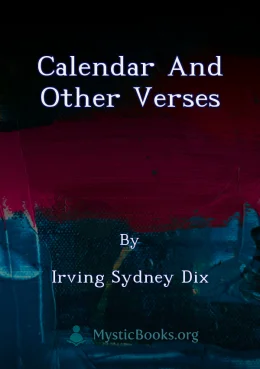
Calendar and Other Verses by Irving Sydney Dix
This collection of poems by Irving Sydney Dix was written in 1913 as a testament to his love and appreciation for the arts. It features a range of wor...
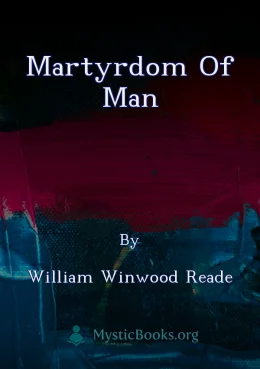
Martyrdom of Man by William Winwood Reade
The Martyrdom of Man, written by William Winwood Reade in 1872, is a comprehensive and expansive work exploring the history of humanity from a secular...
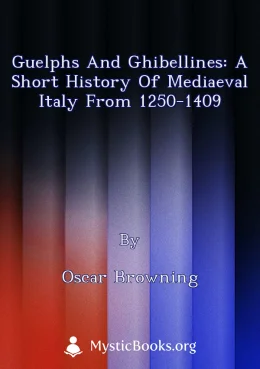
Guelphs and Ghibellines: A Short History of Mediaeval Italy from 1250-1409 by Oscar Browning
This book, "Guelphs and Ghibellines: A Short History of Medieval Italy from 1250-1409," by Oscar Browning, explores the tumultuous period in Italian h...
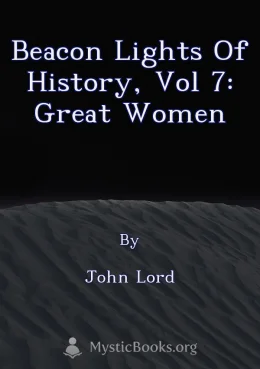
Beacon Lights of History, Vol 7: Great Women by John Lord
This volume delves into the lives and achievements of notable women throughout history. It offers a comprehensive overview of their contributions to v...

The Story of Cairo by Stanley Lane-Poole
In this, Lane-Poole explores the rich history of this iconic city, from its founding in the 10th century to the present day. He delves into the city's...
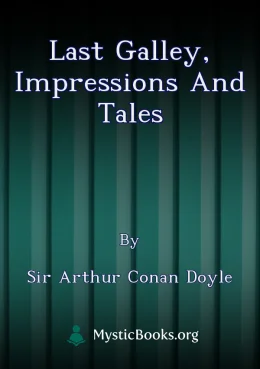
Last Galley, Impressions and Tales by Sir Arthur Conan Doyle
This book presents a unique blend of historical insights and fictional narratives. The first half consists of short sketches portraying significant mo...
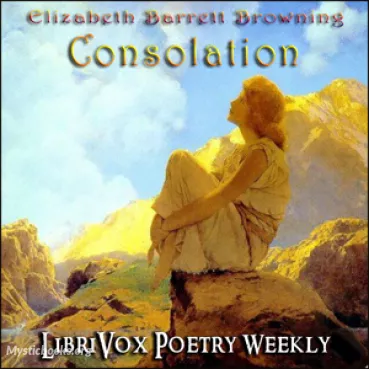
Consolation by Elizabeth Barrett Browning
In the wake of a devastating loss, a woman finds solace in the beauty of nature and the power of love. Consolation is a collection of poems by Elizab...
Reviews for The Story of Mankind
No reviews posted or approved, yet...